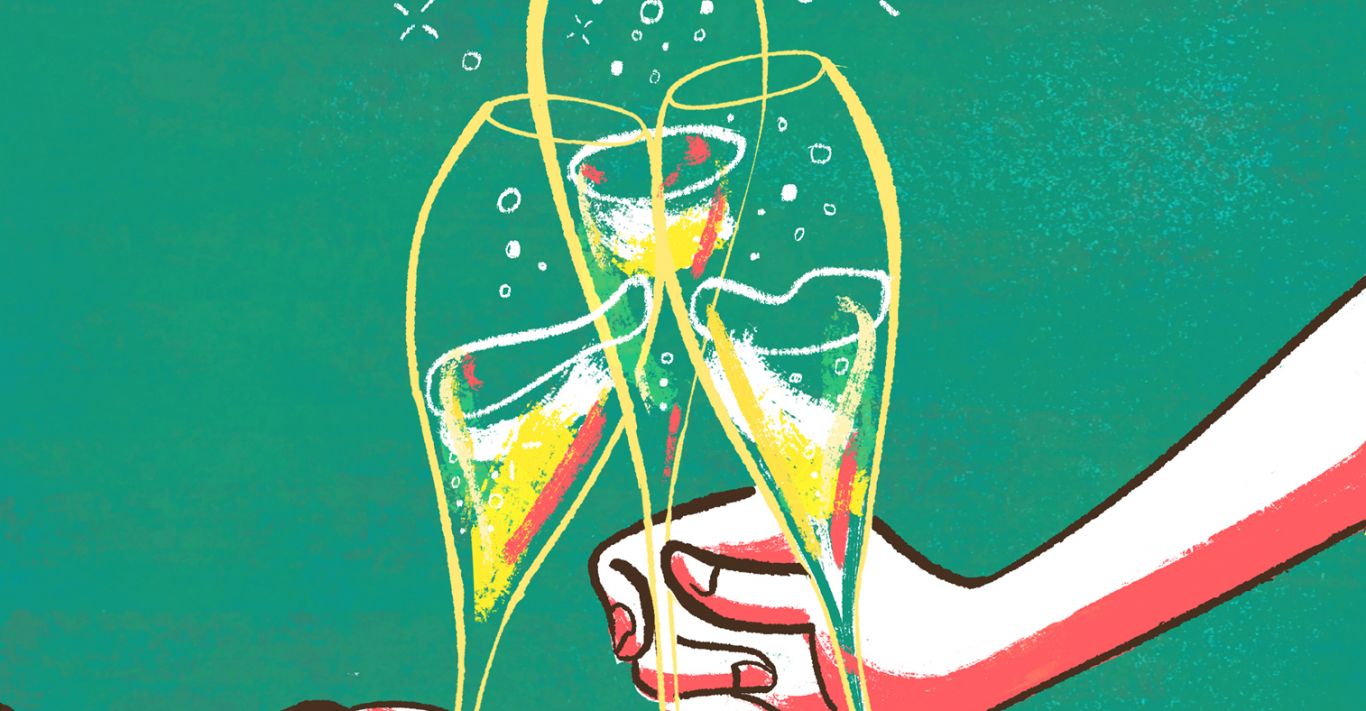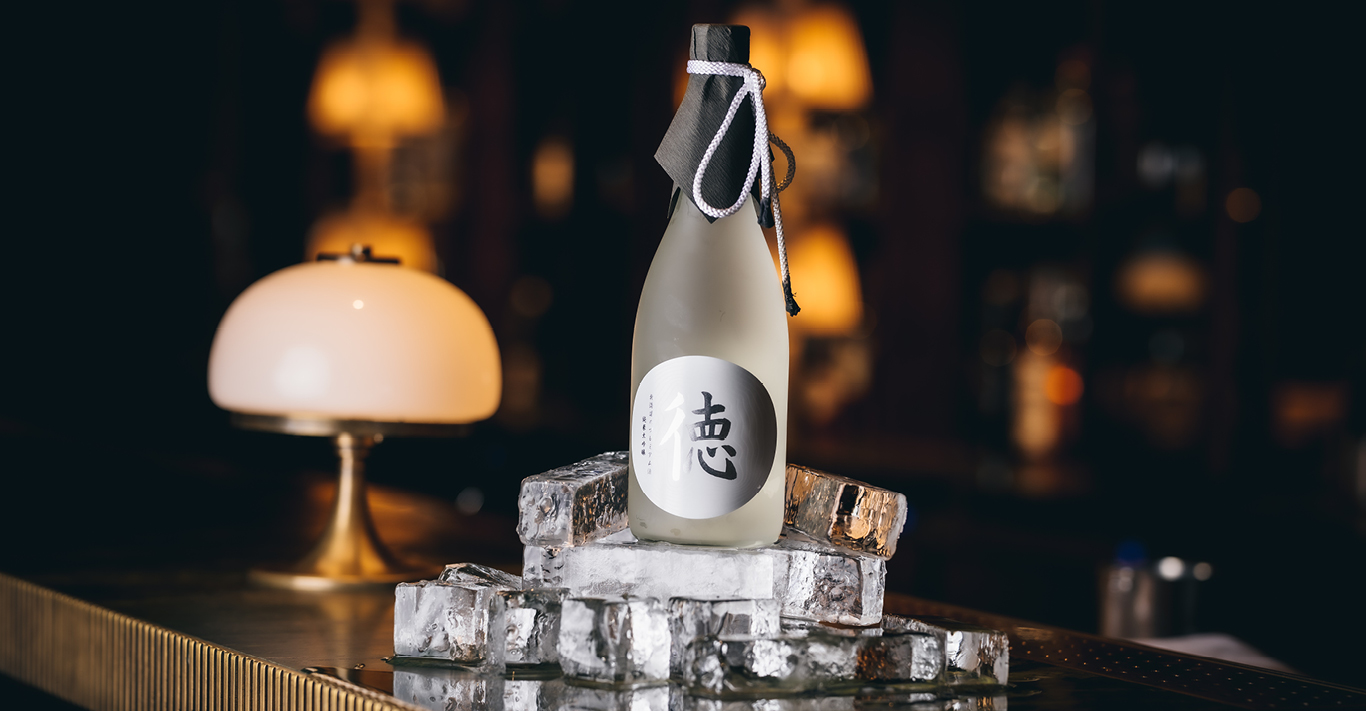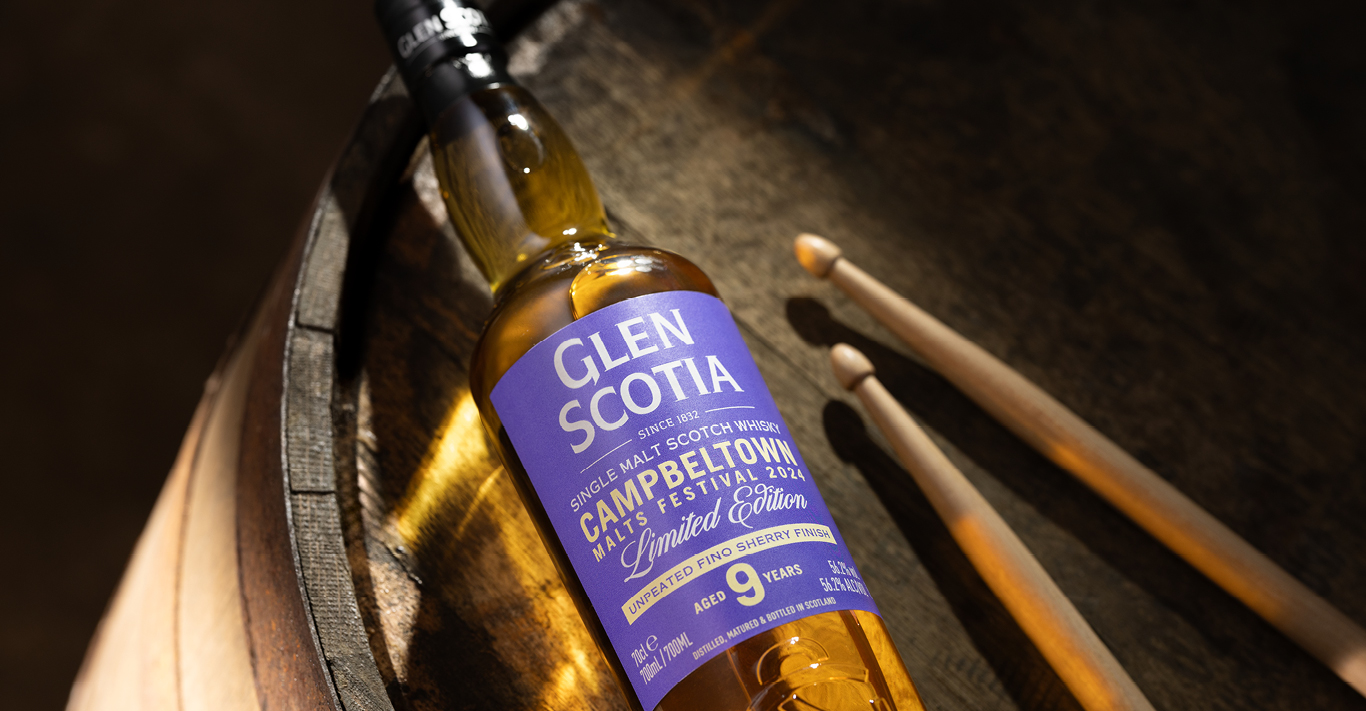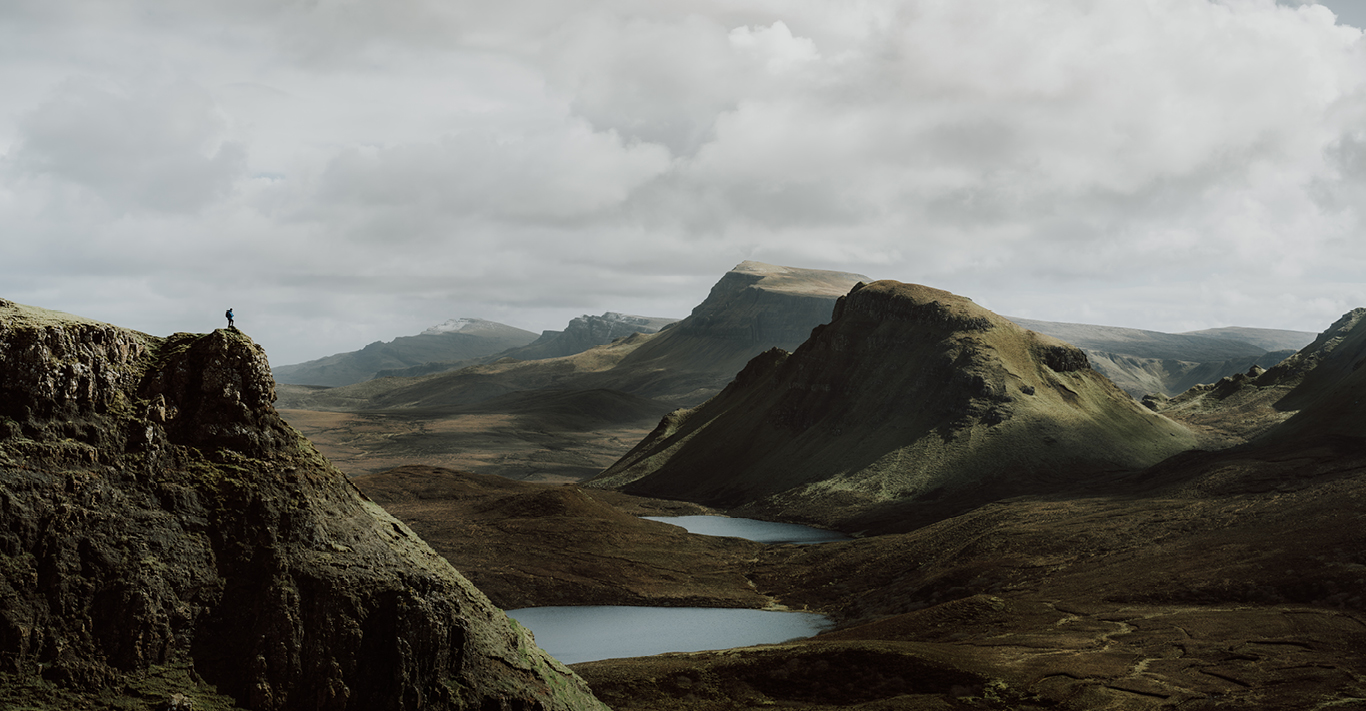WORDS
Gemma Latham
ILLUSTRATION
Sarah Tanat-Jones
‘I always feel energised after a sip of champagne,’ says Stéphanie Watine Arnault.‘There is something joyous about the effervescence and sparkle of champagne. Watching the bubbles and feeling their texture on the tongue is uplifting, and it has a lightness that is particularly refreshing.’
Watine Arnault is the founder of Clos19 (clos19.com), the fine-wine and spirits specialists with an emphasis on ‘the art of hosting’ and ensuring its customers are well versed in ‘how to sniff out the subtleties of the finest wines, champagnes and spirits’. The company certainly has access to some of the best – it’s owned by Watine Arnault’s uncle, Bernard Arnault, the CEO and chairman of luxury goods conglomerate LVMH, which owns prestigious champagne houses including Moët & Chandon, Dom Pérignon, Ruinart, Krug and Veuve Clicquot.
‘Champagne has the longest rule book of any appellation in the world,’ Watine Arnault explains. ‘The very particular processes and techniques, and the craftsmanship honed over centuries, make champagne unique and special. Sparkling wine became the favoured drink in the European courts in the 1600s and was viewed as a status symbol.
The Champagne region went on to refine the processes and quality of the sparkling wines and in the 1700s it gradually became more and more popular with the elites. The bubbles and pop of the champagne cork have been used as a symbol of celebration ever since.’
Clos19 can help you recreate this sense of occasion at home with a hosted champagne masterclass that will take you and your guests on a fascinating journey through the history of the region and its prestige brands, as well as the process of making champagne, and how to taste the end result like a pro. ‘The best way to learn is by comparison,’ she says. Davy Zyw, champagne buyer at London’s oldest wine merchants Berry Bros & Rudd (bbr.com) agrees. ‘Go out to Champagne yourself,’ he advises. ‘It’s so easy. Take the Eurostar from St Pancras, then it’s a short walk from Gare du Nord to Gare de l’Est, and you can be in Champagne, door-to-door from London, in around three hours. Post-harvest is a great time to go.’ Most of the houses offer tours and will happily offer you stories and tastings to enhance your knowledge and help you discover your favourite styles.
What champagne aficionados get most excited about, of course, are exceptional vintages, which lie primarily in the hands of the weather gods. Optimal climate conditions would be a mild, wet winter followed by a hot, dry summer, producing a harvest of ripe, healthy grapes that will make well-rounded champagne without the need to balance out the flavour by blending it with other vintages. Champagne houses will only make vintage editions when the crop really is outstanding and, thanks to the glorious summer just enjoyed across Europe, 2018 has been one of those years. ‘The 2018 vintage was one of the earliest vintages on record, and is tipped to be one of the best ever, in terms of quality and quantity,’ says Zyw. It won’t, however, come to market until 2024, so what’s good to drink now?
‘2008 was a wonderful, wonderful year in champagne,’ Zyw tells me.‘It has parallels to the great vintage of 1996 – one of the most invested in vintages of the last century in champagne. The year 2008 has a similar profile in terms of great fruit flavour, good acidity and great structure, which also means the wines will age very, very well. The 2009s are exceptional too and offer terrific value. They’re a fantastic place to start if you’re looking to build a cellar.’
For some, wanting to create a cellar stems from the desire to simply enjoy the richer and more enhanced sweet and buttery flavours that develop from longer ‘on cork’, but for others it’s an investment. The finite quantity of champagnes released in each vintage, coupled with the growing popularity of champagne globally, is making the drink an increasingly lucrative investment.
‘If you buy two cases [of vintage champagne] and wait 10 years, the old adage of buying two and drinking one for free should be possible,’ Julian Campbell, champagne buyer at fine wine merchants Justerini & Brooks (justerinis.com), tells me. That’s a 100 per cent return on a 10-year investment. Not bad. ‘What’s interesting about buying vintage champagne as an investment is that a lot of the bottles are drunk when they’re released,’ he explains. ‘So if you have the wherewithal to stick these things away, when they appear down the line the market is pretty strong and in good demand. Even though they will keep, champagnes are released when they’re ready to be enjoyed, whereas most other fine wines are released much earlier in their lives, so you can bet that a lot more of a given champagne will have been drunk within the first five years of release than, say, a bordeaux or a burgundy.’
Whether you’re saving a case in the hopes of doubling your money, or to enjoy on a special occasion, storing your champagne correctly is essential as it is vulnerable to light, heat, humidity and movement. Storage in a professional facility with optimal conditions is highly recommended.
Zyw concludes that a large part of champagne’s allure lies in our emotional connection to it. ‘The connotations of success, celebrating and enjoying life are engrained in champagne, in the very bubbles themselves – just the action of opening a bottle creates an occasion. It’s more than just a wine. It means more to people. It marks life’s milestones in a way no other drink can.’ We couldn’t agree more.




